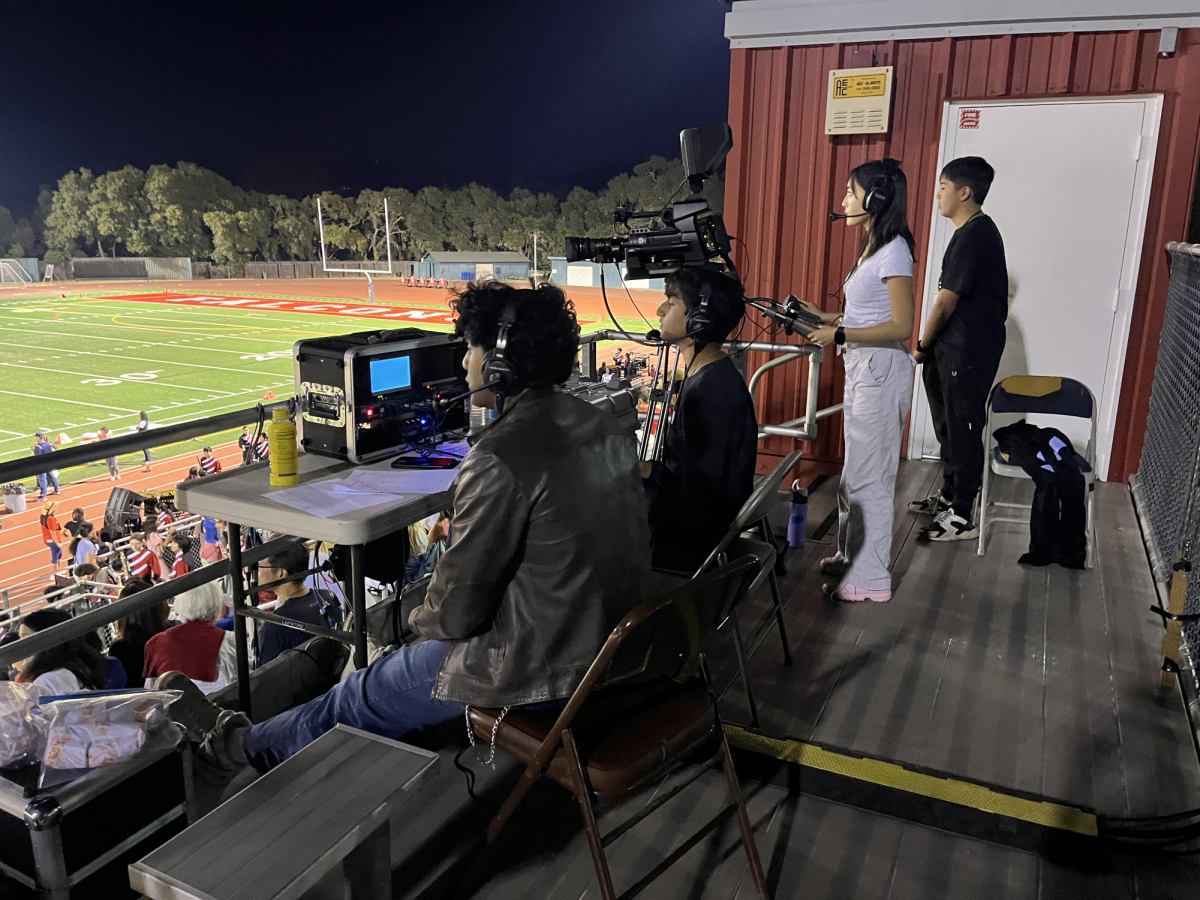”If you know there’s a better chance you’ll be accepted to the school, why not apply early?” senior Jenny Guarino said. Her attitude is shared by an increasing number of seniors who aim to take full advantage of the schools’ higher acceptance rates for early candidates.
When seniors apply to schools early, it’s usually in one of three forms:
Early Decision: This requires students to commit to enrolling in a college if accepted.
Early Action: Colleges notify applicants a few months earlier but the admission is not binding.
Restrictive Early Action: This option allows students to apply to only one school early, but the admission is not binding.
Some students take advantage of these early options to demonstrate their interest in a school, and others simply want to receive their verdict before March. In 2011, guidance counselors said 155 seniors applied to college early. 181 seniors applied early this year, continuing the upward trend.
“Students like to have an idea of where they’ve gained acceptance earlier on in their senior year,” guidance counselor Eileen Allen said.
The guidance department has encouraged students to apply more broadly, and students seem to be listening.
“If you have a top choice, then applying early decision shows your interest and dedication,” Guarino said. She added that the early deadline also helps to prevent procrastination.
“Early applications are popular because many colleges have started accepting a decently large percentage of students early,” Allen said.
Columbia University acceptance rates for the class of 2016 jumped from 7.1 percent regular to 22 percent early. The early rates are higher for almost every school, ranging from a difference of 8 percent (Hamilton College) to 37 percent (Pratt Institute).
“If you are a very strong candidate, it can be viewed at many institutions as an advantage to apply with the early pool,” Allen said.

























